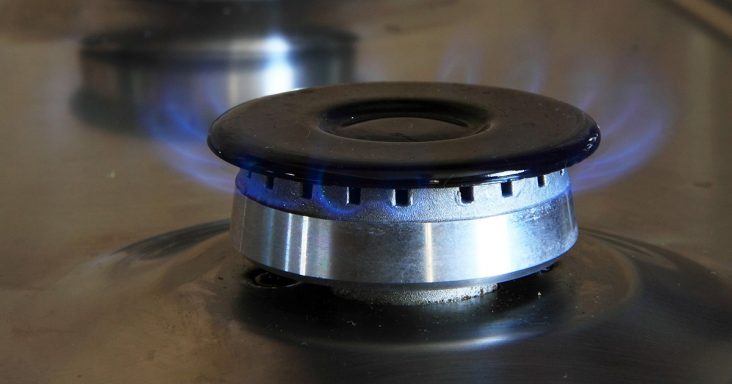Net natural gas exports more than double in 2019
by October 29, 2019 6:28 pm 449 views

U.S. net natural gas exports have more than doubled to an average of 4.1 billion cubic feet per day in the first half of 2019, from an average of 2 billion cubic feet per day in 2018, according to the U.S. Energy Information Administration (EIA).
The United States became a net natural gas exporter in 2017 for the first time in early 60 years. A net natural gas exporter means exports of natural gas exceed imports of natural gas.
The United States exports natural gas by pipeline to Canada and Mexico, and exports liquefied natural gas (LNG) to several other countries. Recently, total exports have risen as a result of more LNG facilities starting operations. U.S. exports of LNG have risen 37% in the first half of 2019, from the same period in 2018. LNG export capacity as of June was 5.4 billion cubic feet per day at four facilities and nine liquefaction trains.
In the first half of 2019, two new liquefaction units started operating. This includes the Cameron LNG Train 1 in Louisiana and Corpus Christi LNG Train 2 in Texas. Cameron LNG will have a capacity of 1.7 billion cubic feet per day when its three liquefaction trains are completed. It shipped its first cargo in May. Corpus Christi LNG Train 2 has a capacity of 600 million cubic feet per day and shipped its first cargo in July.
More LNG facilities started operating in the second half of 2019. This includes the first train at Freeport LNG in Texas, with a capacity of 700 million cubic feet per day, and the first of 10 trains at Elba Island in Georgia, with a capacity of 30 million cubic feet per day. These facilities will increase LNG export capacity to 8.9 billion cubic feet per day by the end of 2020, from 4.9 billion cubic feet per day at the end of 2018.
Most U.S. natural gas exports are transported by pipeline to Canada and Mexico. In the first half of 2019, net exports of natural gas by pipeline to Mexico increased 5%, while the exports to Canada were flat. Between April and August, U.S. natural gas exports by pipeline have exceeded natural gas imports by pipeline, and this has been the longest consecutive stretch that the exports have exceeded the imports.
U.S. pipeline capacity to Canada rose in late 2018 when the second phase of the Rover pipeline and the new NEXUS pipeline started operating. It began transporting natural gas from the Marcellus and Utica plays in the Appalachian Basin to the St. Clair point of exit northeast of Detroit. In February, natural gas exports to Canada rose to 3.3 billion cubic feet per day and was the highest level for 2019 as of August.
U.S. exports of natural gas to Mexico increased by 400 million cubic feet per day to 4.9 billion cubic feet per day in the first half of 2019, from the same period in 2018. Pipeline shipments to Mexico increased in 2019 as new projects such as the Texas-Tuxpan pipeline transported natural gas from the U.S. Permian Basin to demand centers in Mexico. Natural gas exports by pipeline to Mexico rose to record highs of 5.2 billion cubic feet per day in June and 5.3 billion cubic feet per day in July.
Net natural gas exports are expected to continue to rise through the end of 2019 as new LNG export capacity is added and natural gas pipelines start operating in Mexico, according to the EIA. The United States is projected to continue to export more than it imports, with net natural gas exports averaging 4.6 billion cubic feet per day in 2019 and 7.2 billion cubic feet per day in 2020.
